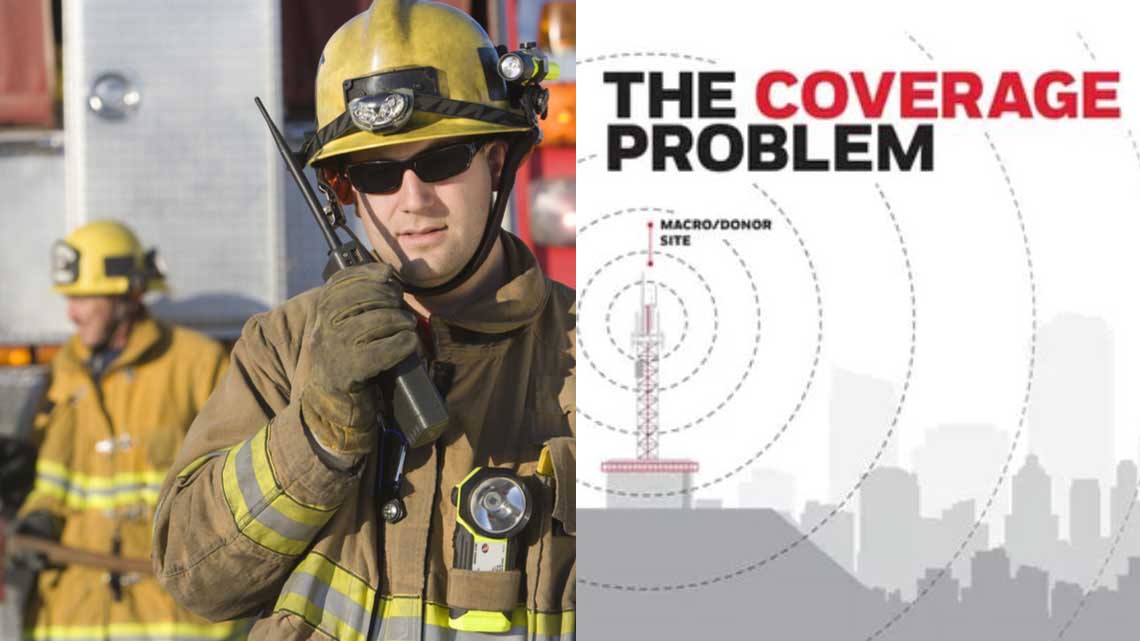New key changes for ERRCS, ERCES, BDA Public Safety via FFPC mandates are here, and they aim to clear a few things up in the industry!
A Summary of Recent Regulations and Key Changes for Emergency Responder Radio Communication Systems (ERRCS), Emergency Communication Enhancement Systems (ERCES), and BDA Public Safety, all of which refer to the same system.
The Florida Fire Prevention Code (FFPC) mandates that buildings (both new and existing) must have public safety communication coverage that adheres to codes and standards. Additional requirements and procedures beyond what FFPC outlines are outlined in Florida Statutes. FFPC dictates parameters such as signal strength, quality, and coverage percentages for both general areas and critical zones. The systems commonly employed to bolster in-building coverage are known as Emergency Communication Enhancement Systems (ERCES), or alternatively referred to in statutes as two-way radio communication enhancement systems. This new Florida in-building fire code language places pressure on new and existing building owners to comply or risk the loss of their certificate of occupancy.
Interpretation of past code compliance no doubt required some immense detective work, as many AHJ’s operated by a different set of governing rules applied on top of the NFPA 72 and NFPA 1221 which set the standards of the code. AHJ’s (Authority Having Jurisdiction) had their own augmentations and interpretations of the code, thus cause confusing across the state, and the country for that matter.
Starting July 2023, a fresh set of standards has been embraced and introduced in Florida to provide much-needed clarity and organization to an existing mandate. This directive also acknowledges the modifications and interpretations made by local AHJs (Authorities Having Jurisdiction) above and beyond NFPA, seemingly laying out a straightforward path for compliance. It appears that compliance now needs to be observed by both the designing and installation contractor, as well as the AHJ to a greater degree. The extent to which each municipality adheres to these standards remains to be observed.
Significant changes include exemptions for certain building types and limitations on assessment frequency. Additionally, FCC license holder consent is necessary for system installations or modifications. AHJs are now required to give advanced notice before mandating modifications to existing systems, with deadlines set upon violation notices. Notably, enhancement systems are not mandated if signal strength outside the building is sufficient.
Key Changes:
FFPC requires coverage in new and existing buildings, except for the following exceptions which either have no requirement or where temporary exemption is granted:
- Extension: High Rise buildings (Commercial and Residential) have an exemption until Jan 1, 2025, but if a system is needed must apply for permits by Jan 1, 2024.
- Exempt: Apartment buildings 75 feet or less in height that are constructed using wood framing, provided that the building has less than 150 dwelling units and that all dwelling units discharge to the exterior or to a corridor that leads directly to an exit.
- Exempt: Apartments and transient public lodging establishments that are less than three stories and that have direct access from the apartment or guest area to an exterior means of egress.
- Exempt: One- and two-family dwellings and townhouses.
- Exempt: Buildings of less than 12,000 total gross square feet with no underground areas.
- Prohibits the Authority Having Jurisdiction (AHJ) from withholding a Temporary Certificate of ccupancy (TCO) solely on the need for an ERCES.
- If a building has inadequate coverage, the building owner must get a contractor with an appropriate Florida license to submit an ERCES design, and system must be installed within 12-months of TCO issuance.
- Limits the frequency that an assessment of radio coverage is required for buildings: Not more frequently than once every 3 years for existing high-rise buildings and existing buildings over 12,000 total gross square feet, and once every 5 years for all other existing buildings, unless:
- Such building undergoes Level III building alteration or rehabilitation as defined in the Florida Building Code;
- Such building undergoes reconstruction as determined by the Florida Fire Prevention Code;
- A public safety agency reports to the local authority having jurisdiction that the agency's communication devices failed to function correctly inside a building due to poor signal coverage; or
- A building is determined to be an imminent life safety threat to first responders.
- Consent of the FCC license holder (jurisdiction’s radio system operator) is required for the installation or modification of any system.
- If a local authority having jurisdiction modifies its public safety emergency communication system such that modifications to existing two-way radio communication enhancement system installations are required, the local authority having jurisdiction must give owners of the existing two-way radio communication enhancement systems at least 180 days' notice before requiring any modification.
- If a modification is required per the above, building owner has 1 year to complete the retrofit starting from the date of a notice of violation for non-compliant coverage.
- If signal strength or DAQ is inadequate at the exterior of the building, an enhancement system is not required

